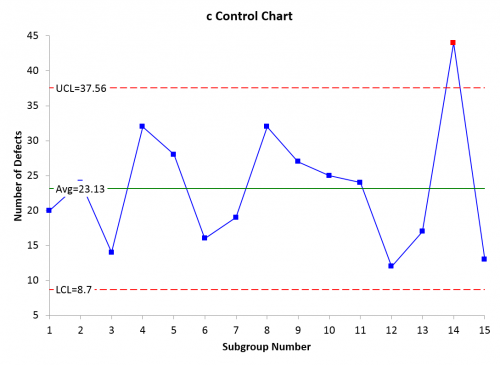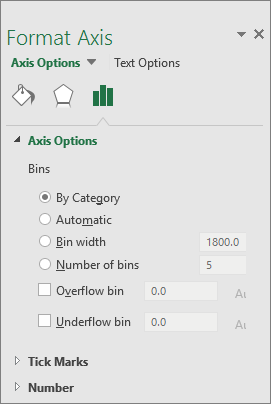
Each provides a unique way to display data visually. Simply follow the prompts for completing the task, in this instance, creating a pivot table to reorganize and summarize data.įinally, make sure to check out the half-dozen new charts Excel 2016 introduced: Treemap, Sunburst, Waterfall, Histogram, Pareto, and Box & Whisker. In some cases, Excel is smart enough to even find the data you want to use. Select the results that match what you want to do. Then type in a task you want to do, such as "Create a pivot table." You'll get a menu showing potential matches for the task. To use it, click the "Tell me what you want to do" text, to the right of the View tab on the Ribbon.

But Excel 2016 has taken a good-sized step towards making it easier with a new feature called Tell Me, which puts even buried tools in easy reach. Make your choice, and Excel does the rest.Įxcel has never been the most user-friendly of applications. And you can also insert a variety of sparklines into the spreadsheet, mini-charts in a cell that summarizes a row of data points. You also get recommendations for formulas to help you delve into the data, or create a table which you can mine for useful information. Another suggests the best ways to chart the data. One of them formats data in cells to call out important information, for example, using data bars or colors. Click it and you'll get a variety of tools for performing instant analysis of your data. A small icon of a spreadsheet with a lightning bolt on it appears. Highlight the cells you want to examine, then move your cursor to the lower right-hand corner of what you've highlighted.

The new Quick Analysis tool offers a great way to gain insights into your data. But you don’t need to be a spreadsheet jockey if you want to get the most out of Excel 2016. Select the cell where the weighted average should go (for us that’s cell D15) and then type the following formula into the function bar.Excel 2016 can be tough to use. Now we can combine the two functions to determine the student’s final grade based on their scores and the weights of each score. Step Three: Combine the SUMPRODUCT and SUM to Calculate the Weighted Average The SUM function will add all of the values together. The “Function Arguments” window will appear.įor the “Number1” box, select all of the weights. Next, navigate to the “Formulas” menu, select the “Math & Trig” drop-down, scroll to the bottom, and click on the “SUM” function. Select the cell where you want the results to appear (in our example, that’s cell D14). Now let’s look at how the SUM function works. The SUMPRODUCT function will multiply each score by its corresponding weight and then return the sum of all of those products.

Next, use the “Array2” box to select the weights of the quizzes and exams. Here, we’re selecting all the cells with actual scores in the C column. The student’s final grade will be a weighted average, and we will use the SUMPRODUCT and SUM functions to calculate it.Īs you can see in our table below, we’ve already assigned the relative weights to each quiz and exam in the D column.įor the “Array1” box, select the student’s scores. There are six quizzes each worth 5% of the total grade, two exams each worth 20% of the total grade, and one final exam worth 30% of the total grade. Let’s Look at an Exampleįor our example, let’s look at a student’s quiz and exam scores.
#WEIGHTED PARETO IN EXCEL 2016 FOR MAC HOW TO#
The following example will demonstrate how to use Excel’s SUMPRODUCT and SUM functions to calculate a weighted average. The weighted average is calculated as the sum of all of the values multiplied by their weights divided by the sum of all of the weights. Individual assignments usually don’t count as much towards a final grade as the final exam-things like quizzes, tests, and final exams will all have different weights.

A good example would be calculating a student’s final grade based on their performance on a variety of different assignments and tests. What is a Weighted Average?Ī weighted average is an average that takes into account the importance, or weight, of each value. This article will show you how to use Excel’s SUMPRODUCT and SUM functions individually and how to combine the two to calculate a weighted average. A weighted average is one that takes into account the importance, or weight, of each value.


 0 kommentar(er)
0 kommentar(er)
